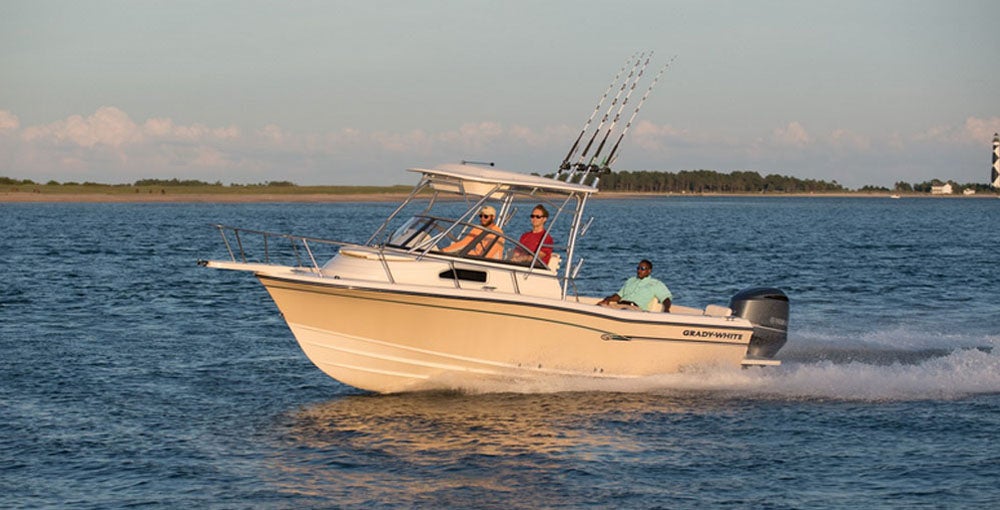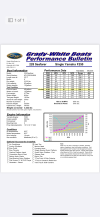I typically like to cruise at around the 4k rpm range while doing 25 mph and am burning between 6-8 gph of fuel in ideal conditions. If it's choppy out, the conditions are a bit less than ideal or I'm going into the current, it might creep up to 4,200-4,300 rpm and be burning closer to 10-11 gph. That being said, some adjustments to trimming and tilting of the motor and tabs will bring that back down to under 10 gph of fuel being burned. Circling back around though, Grady White boats aren't really meant for top speed, so I guess I personally just don't see the need to increase horsepower just for the sake of doing so. If the boat came with an F200/F225, then it might be a slightly different story, in that if you wanted a higher top speed, better range and/or fuel economy, etc, then it might be worth the additional investment costs. Considering that a Yamaha F300 starts at an msrp of over $30k though? Like the article below, I can't imagine most are going to say it's worth the additional cost to "upgrade".
Also, an interesting article/review online says that... "Standard power for the Grady-White Seafarer 228 is a single Yamaha F250 V6 outboard – a muscular yet lightweight engine that matches perfectly to the craft’s 3,510-poud hull. This combination will attain a top speed of just over 48 mph at wide-open throttle, while consuming 24.6 gallons of pump gas per hour for an approximate fuel economy of 1.97 mpg. That’s pretty good, but throttle back to 3,500 rpm and you’ll still run at 20 mph while only consuming 8.5 gallons per hour, for an eyebrow-raising fuel economy of 3.41 mpg. For a boat like this, that’s truly impressive performance."
"The Grady-White Seafarer 228 is rated to handle outboards to 300 horsepower. Moving up to maximum power does give you a touch more top-end speed, hitting just over 51 mph with the Yamaha F300. Throttle back to that magic 3,500 cruising speed and the numbers look familiar, burning 8.8 gallons per hour for mileage that’s still in the range of 3.4 mpg. In practical use, the only real difference between the 250 and the 300 is an extra three mph at full throttle. Whether this is worth the additional expense of a 300 is up to the individual, but I should expect most people wouldn’t think so. This boat runs like a charm with the 250."
The Grady-White Seafarer 228 is the brand's smallest walk-around model, but it's small size doesn't take away from its big water abilities.
www.boatguide.com



